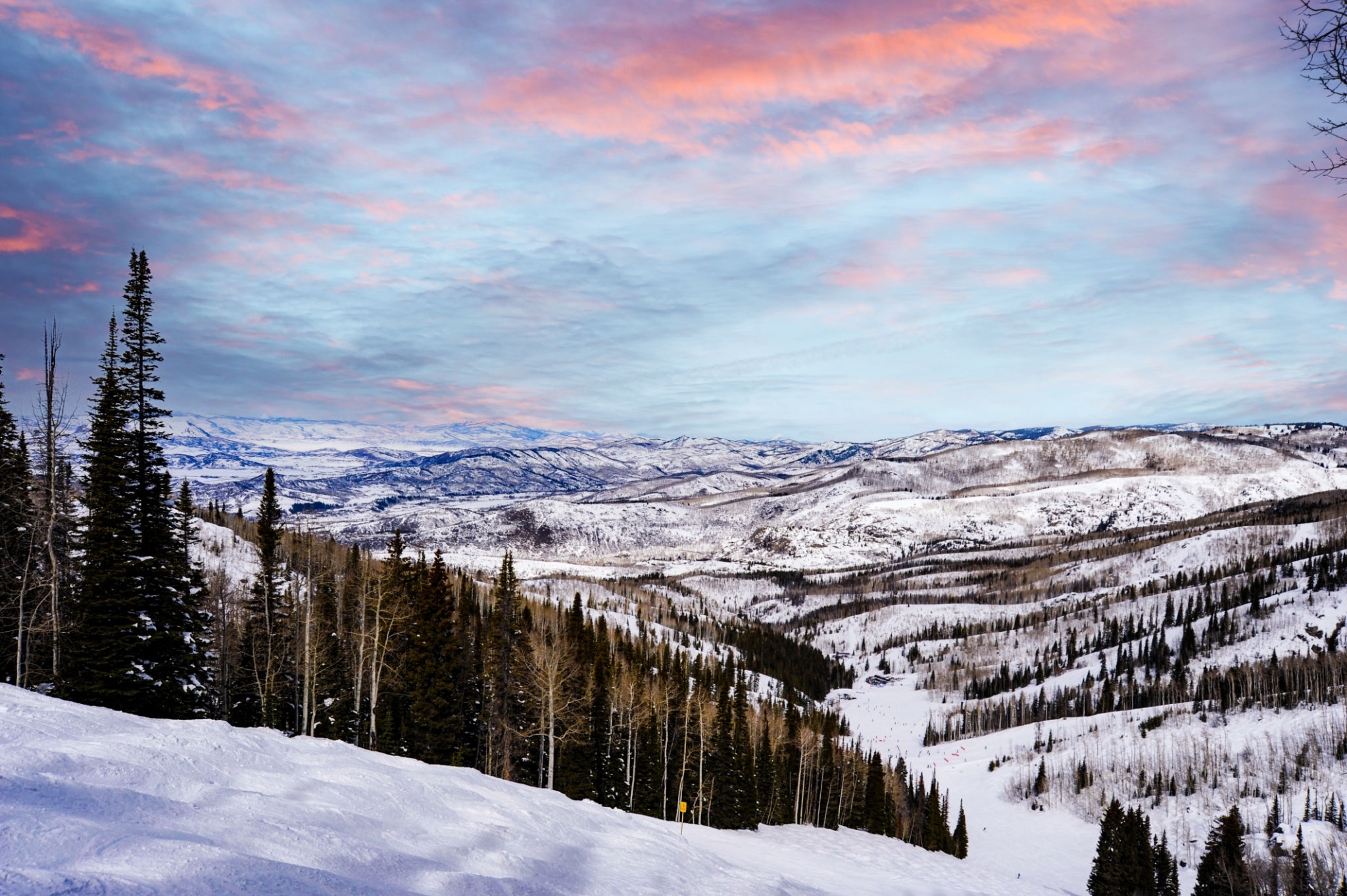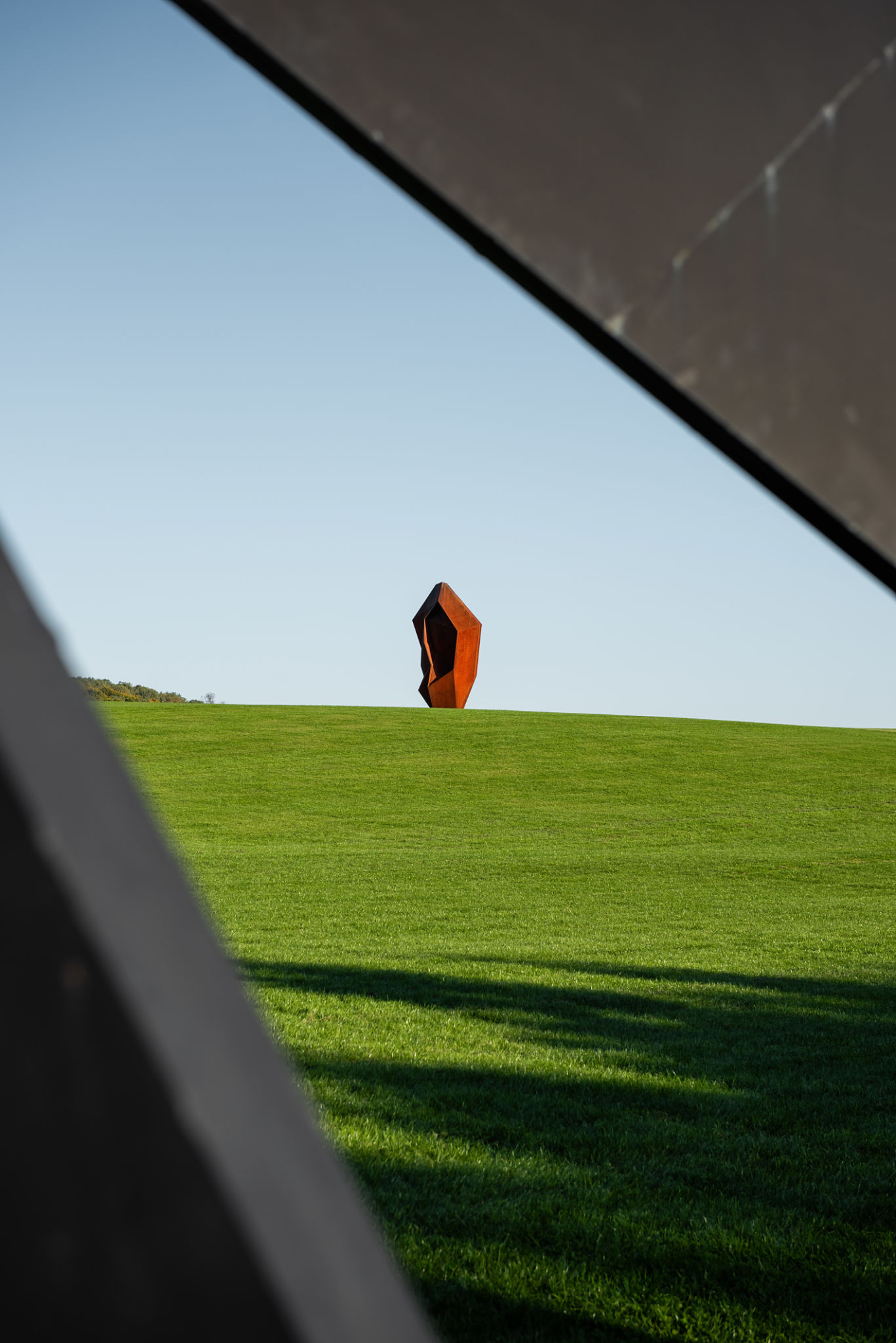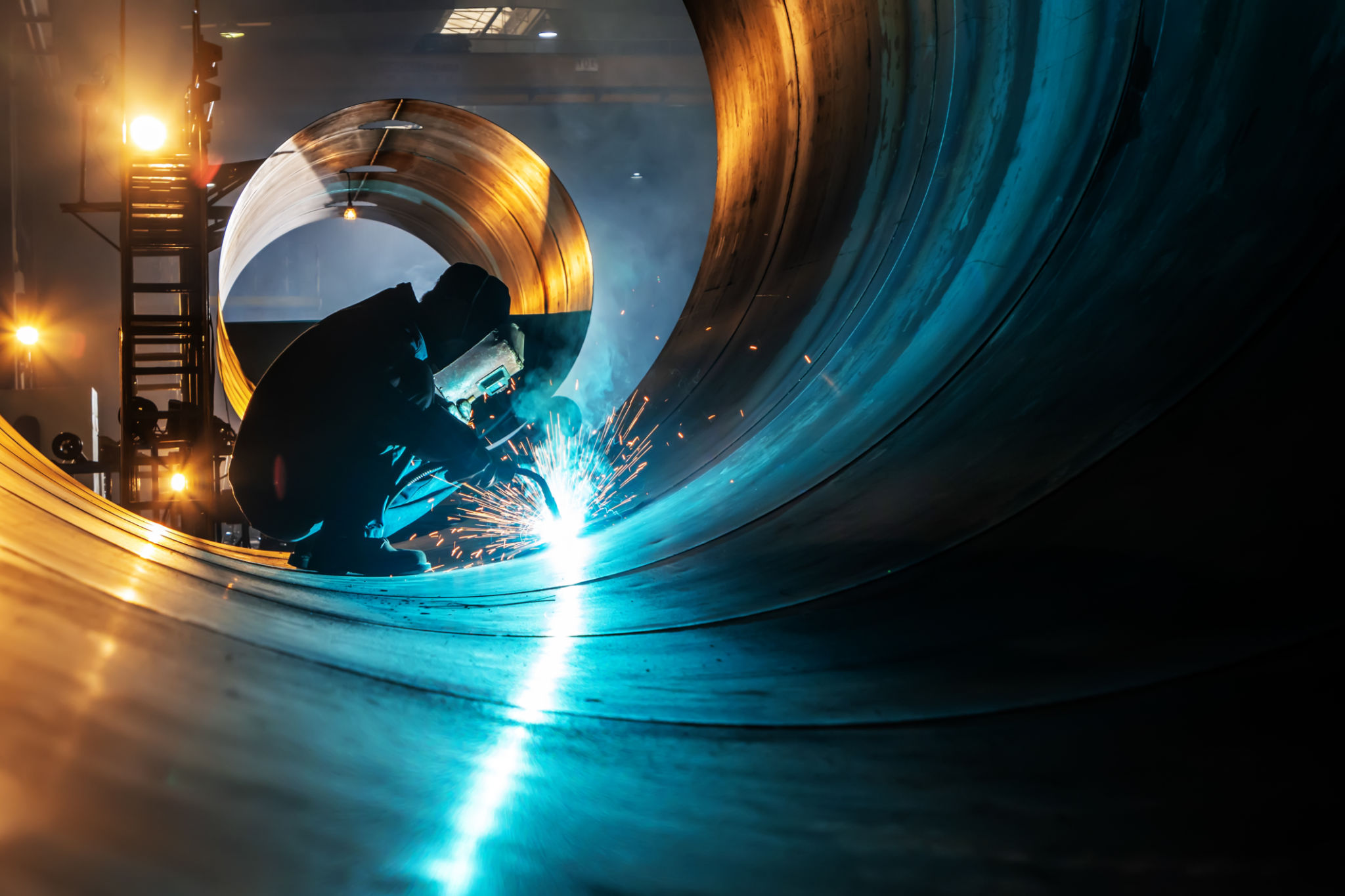Seasonal Welding Preparation: Ensuring Your Structures Withstand CO Weather
As the seasons change in Colorado, so do the challenges faced by welders and builders. The unique weather patterns in this region can pose significant threats to the structural integrity of welded constructions. Proper seasonal preparation is essential to ensure that these structures withstand the rigors of both summer heat and winter cold.
Understanding Colorado's Weather Challenges
Colorado is known for its unpredictable weather, which can shift dramatically from one day to the next. During the summer, temperatures can soar, while winter brings freezing conditions and heavy snowfall. These fluctuations can cause metal to expand and contract, potentially leading to structural weaknesses or failures if not properly addressed.
To prepare for these conditions, it's crucial to understand how different seasons impact welding projects. Summer’s intense heat can cause metal warping, while winter’s cold can lead to brittle fractures if the right precautions aren’t taken.

Summer Preparation: Managing Heat and Expansion
In summer, high temperatures can cause metals to expand more than expected. This expansion can lead to misalignments and stress on welded joints. To combat this, consider implementing these strategies:
- Use Heat-Resistant Materials: Opt for materials that can withstand higher temperatures without losing integrity.
- Adjust Welding Techniques: Modify techniques to accommodate thermal expansion, such as allowing for additional clearance in joints.
- Schedule Evening Work: Whenever possible, plan welding activities during cooler parts of the day to minimize heat-related issues.

Winter Tactics: Tackling Cold-Induced Brittleness
Winter in Colorado presents its own set of challenges. Cold temperatures can make metals brittle, increasing the risk of fractures. To ensure your welded structures remain sound, consider the following measures:
- Pre-Heating Metals: Warm up metals before welding to reduce brittleness and improve fusion.
- Use Low-Temperature Alloys: Select alloys designed to perform well in cold environments.
- Protective Coatings: Apply coatings that prevent moisture infiltration and reduce the risk of corrosion.

Regular Inspections and Maintenance
No matter the season, regular inspections are vital for maintaining the integrity of welded structures. Conduct thorough checks for signs of wear, distortion, or corrosion that could compromise safety. Addressing these issues promptly can prevent minor problems from escalating into major repairs.
Additionally, routine maintenance, such as tightening loose joints and replacing worn components, ensures that your structures remain resilient against the harsh Colorado weather.
The Role of Professional Expertise
While DIY efforts can be helpful, engaging professional welding services is often the best approach for ensuring long-term durability. Expert welders have the experience and knowledge needed to anticipate and mitigate seasonal challenges effectively.
Professionals can provide valuable insights into material selection, welding techniques, and other strategies tailored to Colorado’s specific environmental demands.

Conclusion: Proactive Preparation for Year-Round Stability
By understanding and addressing the unique weather-related challenges of Colorado, you can ensure your welded structures remain robust and reliable throughout the year. With proactive preparation, including choosing the right materials, adapting techniques, and seeking professional help when needed, your projects will be more resilient against the elements.
Remember that consistent attention to seasonal changes and timely maintenance can safeguard your investment and ensure the longevity of your structures.
